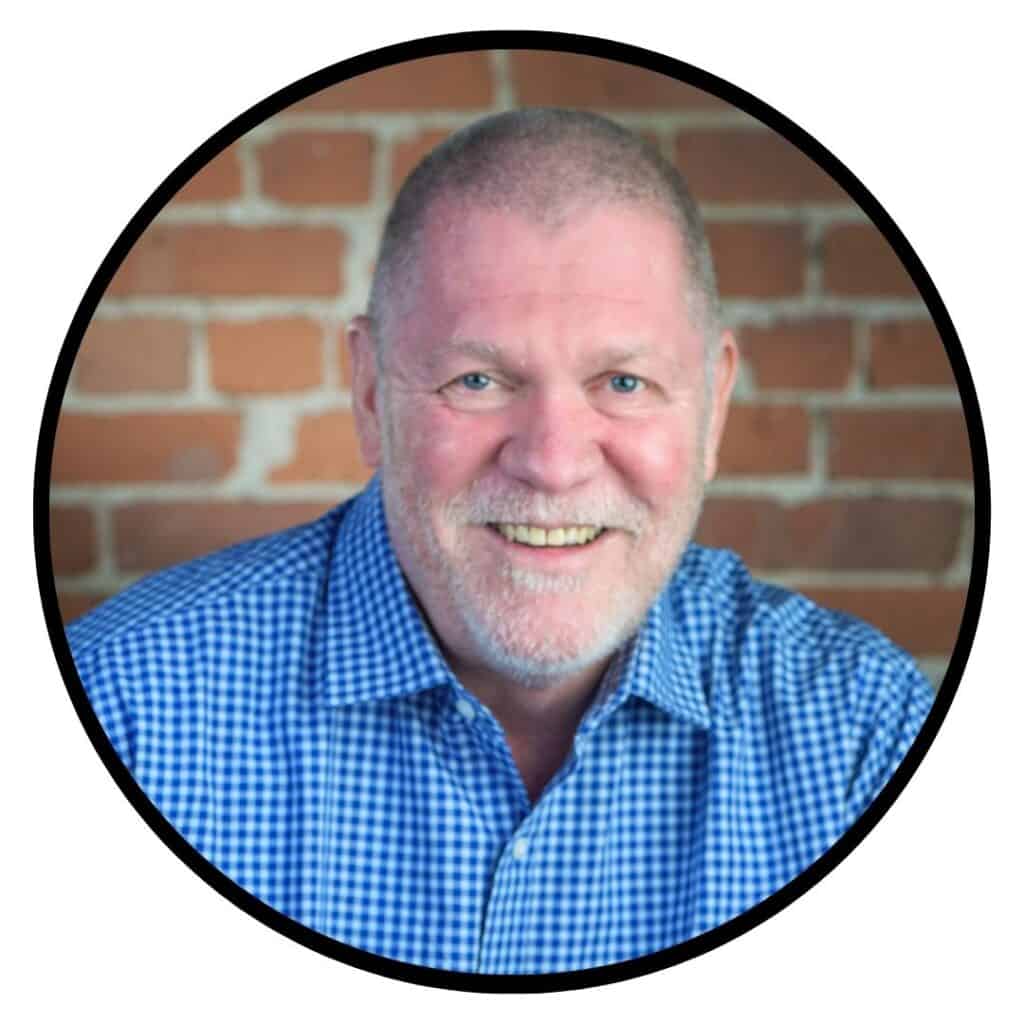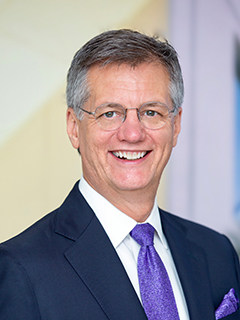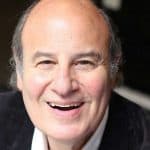Originally posted to In-Tune Monthly.
By: Dr. David Fish
In this 3-part series we will take a look at:
- Part 1) The importance of Music Education as a whole. – Read Me
- Part 2) What the “Well Rounded Musician” Looks like. – Read Me
- Part 3) What’s in store for the professional musician in 2023. – You are here.
Technological and Business Savvy

Being skilled with technology has facilitated the careers of musicians like Yoed Nir. He has a home setup for recording that includes high-end microphones and a preamplifier perfect for capturing the sound of his cello. A client sends Yoed a stereo bounce for a track. Yoed loads it into a new Pro Tools session and records several takes of the cello part he has been asked to play. Yoed then returns the stems from those tracks to the client.
Many educational institutions now appreciate the importance of technology in educating students for tomorrow’s world of music. In the words of Mark Rubel, Director of Education and Instructor at The Blackbird Academy in Nashville, “The ability to understand and use technology to compose, create, record, mix, remix, distribute and promote musical art enables us to be professionals, and direct our own destinies.”
Even Oberlin, one of the oldest and most venerable conservatories in the country, appreciates this. Peter Swendsen, Senior Associate Dean of Academic Affairs for Oberlin, puts it this way, “Technology is now fundamental to almost all aspects of a musician’s professional life.” With majors ranging from historical performance to electronic music, and with 42 areas of private study, Oberlin Conservatory is clearly focused on turning talented undergraduate musicians into disciplined professionals.
Former Associate Dean of Undergraduate Studies at the University of Miami Frost School of Music Steven Moore agrees. “In today’s world, musicians will interact with technology in new and exciting ways. It’s vital to have knowledge of the essential technologies in order to take advantage of these opportunities.” “It’s essential not only to train students in the use of (technological) creative/commercial tools, but also to ensure that they thoroughly consider the impact these technologies have on our lives, our society, and the very nature of music itself,” adds Michael Johnson, Assistant Professor & MBET Program Director, University of the Arts.
Side Hustles
Musicians have long used the term “day job” almost derisively. If you couldn’t support yourself as a musician, you needed another line of work to do so. Another term for this duality is side hustle. It differs from a parttime job because a person often performs it as a freelancer. Many Americans beyond music have turned to side hustles to improve their financial situations in recent years.
The fact that side hustles came from the world of music shows how central they are to musicians. Just about every successful musician this writer knows has a multifaceted career that includes side hustles. They may share the performance of music as a foundation, but very few do only that. For some, a multifaceted career is a choice. They enjoy the diversity of doing more than one thing. However, many, if not most, musicians maintain different facets out of necessity.
Bill Boris, Associate Chair of the Music Department at Columbia College Chicago, clearly understands the meaning of side hustles in the lives of musicians. “The modern musician is required to manage multiple activities and income streams, which often include live performance, composing, recording, and teaching.” Studying these disciplines in the acquisition of a whole education is now key.
Of course, not to be classified as a “side hustle” but perhaps a tandem activity, teaching music serves as a common income stream for musicians. The opportunity to teach spans a wide variety of situations, from full time scholastic positions, to live, to giving online lessons. With students paying private instructors $50 or more per hour, teaching privately can prove lucrative. Many schools, including colleges and universities, also engage musicians as part-time instructors. Such opportunities usually require a degree in music. Community music programs and organizations like School of Rock and Little Kids Rock employ many musicians as part-time employees, as well. Most music professionals will inevitably teach at some point whether it’s via private lessons or even at the collegiate level.
As for learning to teach music, Dr. Jenny L. Neff, Associate Professor & Music Education Program Director comments that, “Many K-12 music programs are expanding to include non-traditional ensembles. At UArts, we are able to prepare our students in a variety of ensembles (both traditional and nontraditional). We teach critical and creative thinking, best teaching practices, and a variety of musical skills needed to be innovative in creating engaging musical experiences that might not yet exist for students in the K-12 classroom or community. While many college music education programs require pre-service teachers to choose a single area or curricular track, our MAT in music education program has continually evolved to meet the needs of the 21st century teacher and learner. Our graduates are prepared to teach in a variety of musical content areas and communities.”
Understand Constants
The more things change, the more they stay the same. It certainly holds in the world of music. While we tend to notice how things change, developments often mask immutable constants that underpin them. It is nowhere truer than in the music itself. The new musical styles that emerge at any given point still share much with earlier styles. It was the case when Elvis Presly combined R&B and country music to help create rockabilly, and it is still true today, especially in popular music.
Constants also underpin technological advances in music. Pro Tools, Studio One and Apple Logic stand as modern digital audio workstations with immense capabilities, but they rely on concepts developed in the days of tape-based recording. A new high-end electronic device like the Antelope Audio Pure 2 – 2 converter renders pristine audio in critical listening environments. Still, it relies on the same age-old acoustic principles as all other musical gear.
The same observation about constants applies to the business of music, and we find it reflected in the Master of Music Industry Administration curriculum at California State University Northridge. According to Associate Professor Andrew Surmani, Academic Lead for the program, “We offer full classes for the three main pillars of the music industry: Music Publishing, Recording and Live Performance. There is also a Music Industry Research, Data and Analytics class taught by the leading experts in this field using the top online data collection tools of MRC Data, Pollstar Pro and Chartmetric.” Much has changed in the music industry, but the basis for it all remains; publishing, recording, performance and the connection with listeners, quantified by critical data collection and analysis.
“Many professionals share their love of music through teaching. As a bonus, when someone teaches it deepens their own understanding.
Keep On Keeping On
Music is a challenging profession. There is simply too much talent chasing too few opportunities. But remember one last maxim. Hard work beats out talent when talent does not work hard. Such work includes keeping one eye firmly on the future as it unfolds throughout your career. As it does unfold, do not think that hope is lost. Rely on the four approaches described herein to meet the day head-on. Update what it means to be a well-rounded musician by choosing a well-rounded music education. Remain savvy technologically and in terms of business in order to diversify your career opportunities and look to uncover the constants beneath changes that are taking place.
Future-proofing your career begins with the music education you pursue. Begin by considering your choice of college accordingly. Ask questions of admissions officers and others who represent higher education programs. Schools will ask you lots of questions as part of the admissions process. You should ask questions in return, including how they help prepare their students for success over their lifetime, given how quickly the world of music changes.
About the Author

Dr. David Lee Fish, Ph.D., founded and continues to direct the degree concentration in popular music as a tenured professor at Catawba College in Salisbury, North Carolina. In that role, he has gained expertise in a range of subjects, including music business, technology, and theory. He also co-founded and is a past president of the Association for Popular Music Education, the leading professional organization for educators in that field. His participation has helped him forge relationships with fellow faculty of popular music across the country and intimate knowledge of their programs.
Contact Us
Did you find this blog helpful? Do you picture yourself in a music career? If the answer to that is a “yes”, your next step is simple. Contact insidemusicschools.com and allow our team of industry insiders to guide you toward your goal of being a professional in the music industry. Through expert counseling and real world experience, we will make sure you are prepared for the journey
Founder & President at Inside Music Schools | Insidemusicschools.com
Head of admissions and faculty member at Berklee College of Music for 40 years, Steve Lipman and our team at Inside Music Schools speak music as their primary language. We approach each client contact with open eyes, ears, and minds. As the country’s premier music school consultant, he has advised students from the United States, Canada, the U.K., India, Singapore, Dubai, China, Australia, Turkey, Colombia, Argentina, Brazil, Japan, Israel, Italy, Russia and elsewhere.


